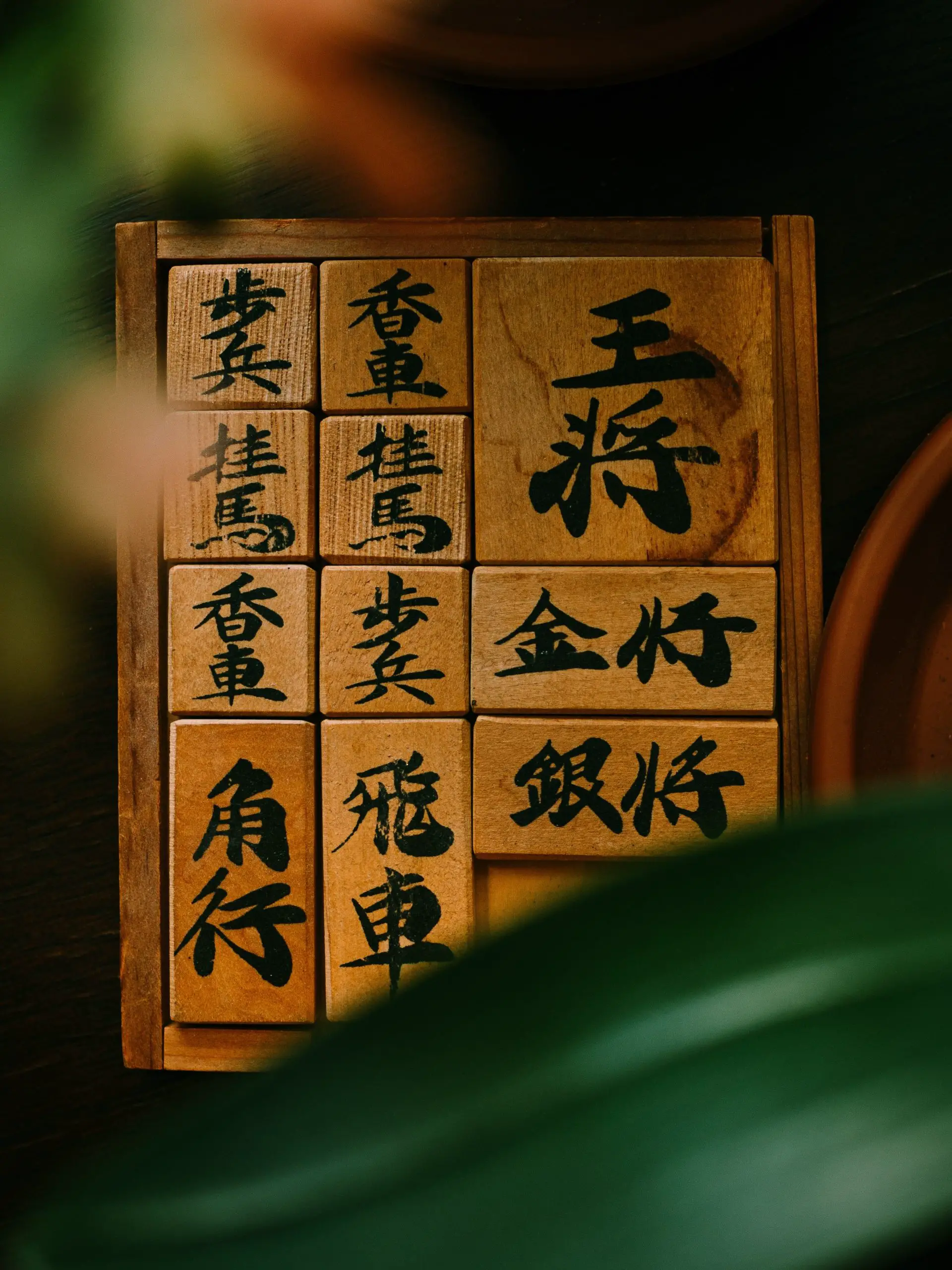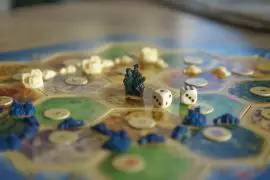Shogi is a highly tactical, strategic game also known as Japanese chess. This is much like international chess, has a similar setup, and is played quite the same.
It has 81 squares in 9 ranks (rows) by 9 files (columns) placed on a rectangular board. It is played among two players. Each player receives 20 flat pentagon-shaped pieces,
- 1 king
- 1 rook
- 1 bishop
- 2 gold generals
- 2 silver generals
- 2 knights
- 2 lances
- 9 pawns
How to Play?
Contents
While playing Shogi, the pieces should be moved across the board through the opponent’s defenses to checkmate the opponent’s king.
The king has been checkmated when the opponent has no legal moves to protect the king.
Thus, is how the winner is declared.
The first player is sent, and the second is gote in Japanese. In English, it’s called black and white, respectively.
Positions of the Pieces
The king is positioned at the center of the first rank. On either side of the king, the two gold generals stand. The silver generals are placed beside the gold generals, followed by the two knights, each on one side.
The two lances are at the far end of the rank. The bishop is in line with the left knight, and the rook is in line with the right knight in the second rank, with 5 squares between the rook and the bishop. The pawns are placed in the third rank.
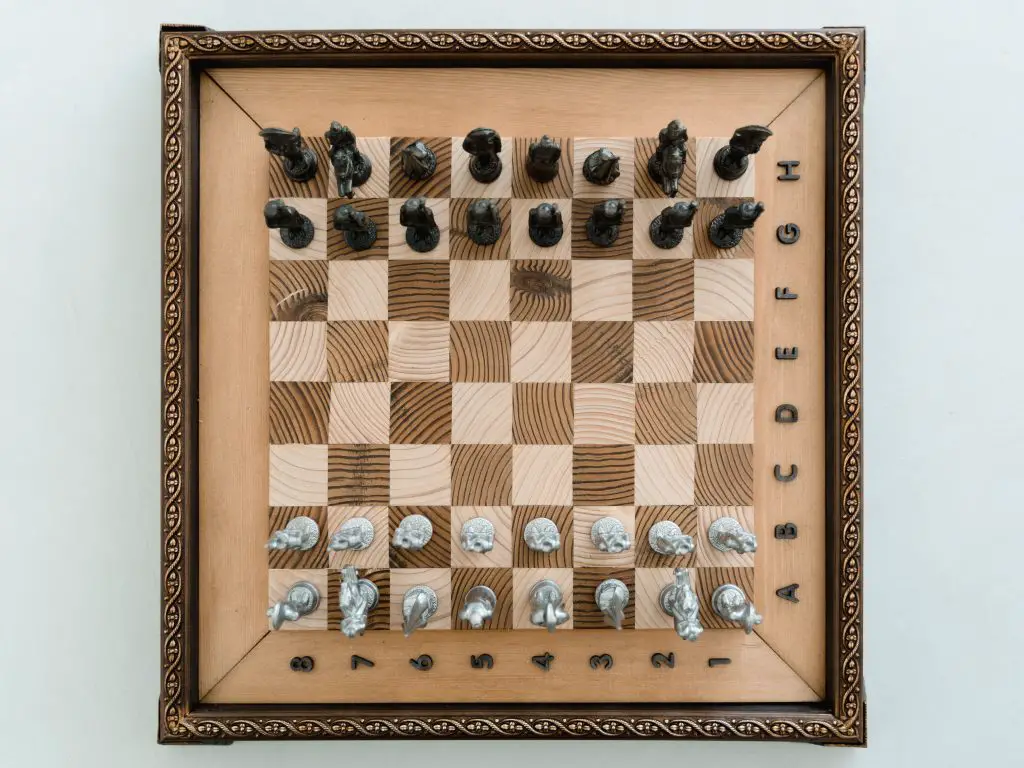
Movement of the Pieces
Each piece is moved differently on the board during the game of Shogi. The king is moved one square diagonally and orthogonally in any direction.
The rook is moved any number of squares orthogonally.
A bishop can be moved any number of squares but only diagonally.
A gold general can be moved one square orthogonally and diagonally forward, but a gold general cannot be moved diagonally backward.
A silver general can be moved one square diagonally and one square
orthogonally forward.
A knight can only jump at an angle – move a square forward and jump another square forward diagonally.
This amounts to only two possible destinations for a knight. The knight is the only piece that can ignore the pieces that hinder the way while reaching its destination. It’s also essential that a knight cannot move backward, unlike in international chess.
A lance moves identically to a rook; the only difference is being unable
to move backward.
A pawn can move one square orthogonally forward and cannot be pulled
backward.
Promotion Zone
In Shogi, the furthest three ranks on the board are called the promotion zone. Once a piece reaches the promotion zone, a piece goes through a promotion that can change its mobility.
Silver generals, lances, rooks, bishops, and pawns receive promotion once they reach their furthest rank. A knight receives a promotion when he reaches either one of the two furthest ranks.
A silver general, knight, lance, or pawn will be promoted to a gold general by replacing their original movement. A rook and a bishop retain their original movement. Additionally, they gain the movement of a king upon promotion.
A promoted rook is called a dragon, and a promoted bishop is called a horse. Knights, lances, and silver generals are best kept unpromoted. A promoted silver general can restrict the ability to sneak behind the enemy. A king, a gold general, and an already promoted piece cannot be promoted further. A promotion is permanent unless the enemy captures a promoted piece, then it is demoted to its initial status.
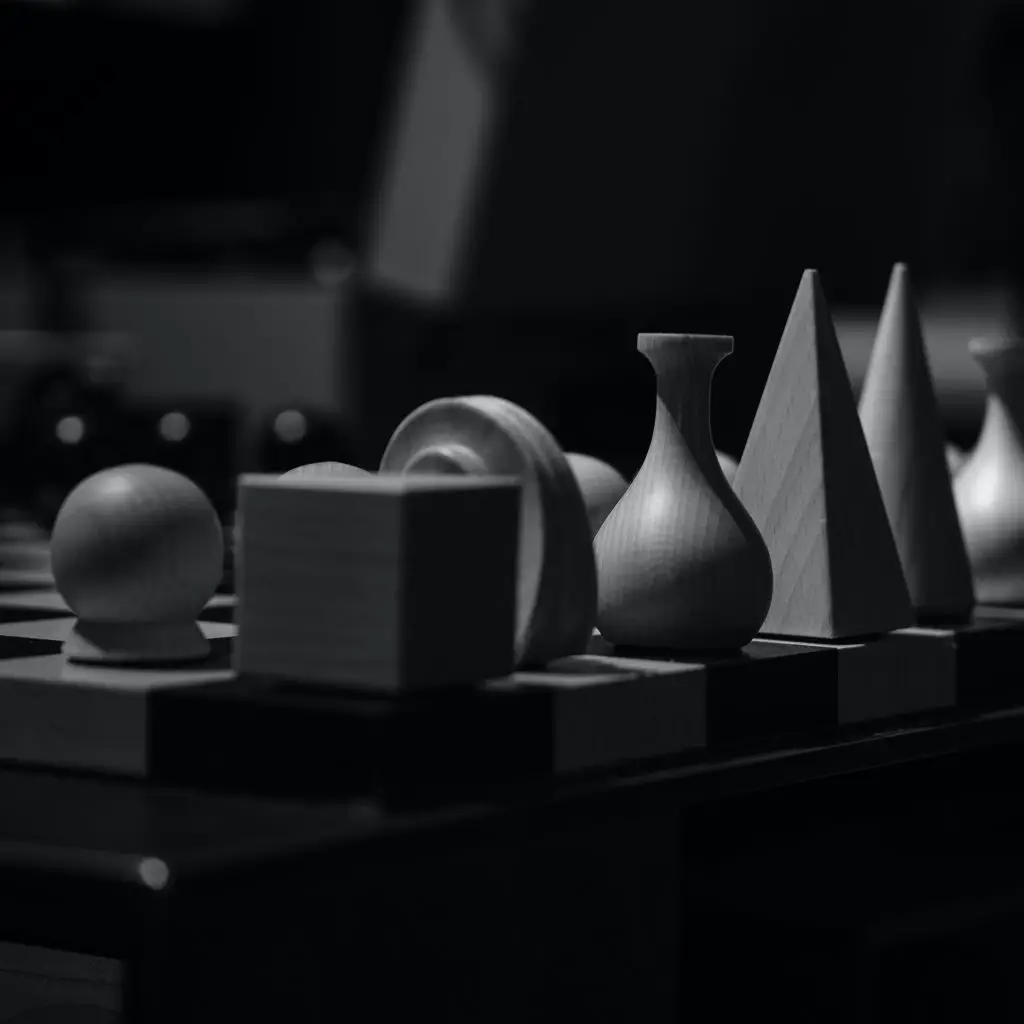
What Happens to the Captured Pieces?
Interestingly, in Shogi, a captured piece can be reused in the form of drops, making
the game more complicated and reducing the chances for a match to draw. When a player captures a piece, the respective player can choose to drop the piece, in its unpromoted
state, anywhere on the board.
Pawns, lances, and knights cannot be dropped on the furthest rank, and the knight cannot be dropped on the 8th rank either, as it can block the piece from moving further.
A pawn cannot be dropped on a file(column) with another unpromoted pawn in the same file, and it cannot be dropped to checkmate the king immediately but can be dropped to check the king instantly.
A drop that takes place in the promotion zone doesn’t mean the piece immediately gets promoted but on the subsequent move.
A checkmate ends the game, while a check only threatens the capture of the opponent’s king in the next turn. Resignation or an illegal move are other ways a player can lose; in addition, if the time given for a player to make a move ends, then, too, the player loses the match.
When a position is repeated for the fourth time with the same player to move and each player with the same captured pieces in hand, it is called repetition, which can result in a
draw.
An impasse or a deadlock occurs when the kings have entered their promotion
zones. Then, a rook and a bishop promoted, or unpromoted get 5 points each, and all the
pieces except the king get 1 point each for the player in possession of the piece.
If a player scores more than 24, the player is ruled the winner, and in a case where both players score less than 24, the match is considered a draw. An impasse usually results in a draw. Unlike international chess, Shogi makes sure there is a winner at the end. Draws are a rarity in professional shogi matches.
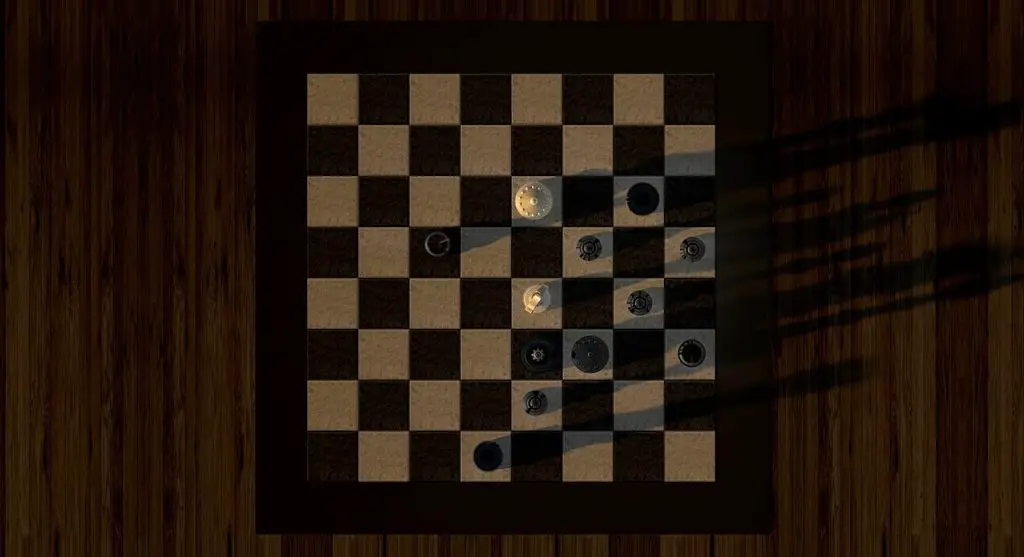
Conclusion
Shogi, a game of strategy and tactics, is an interesting two-player board game. While we hunt for other ways to entertain us, bringing back these board games is exciting. Checkers is also a similar game to this. But with different rules.

